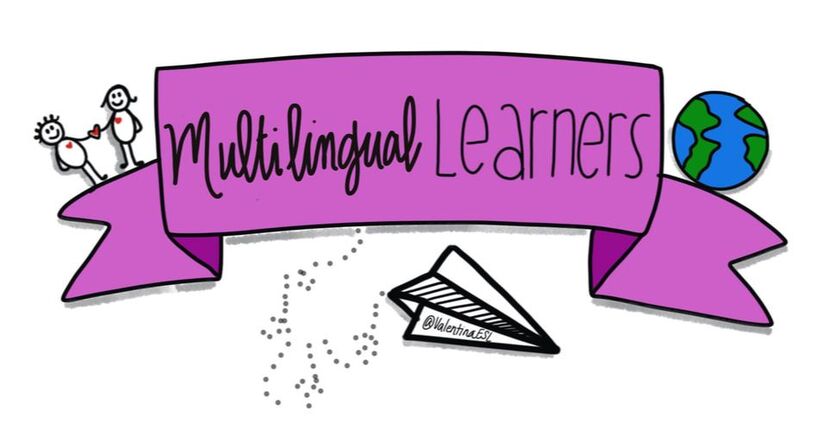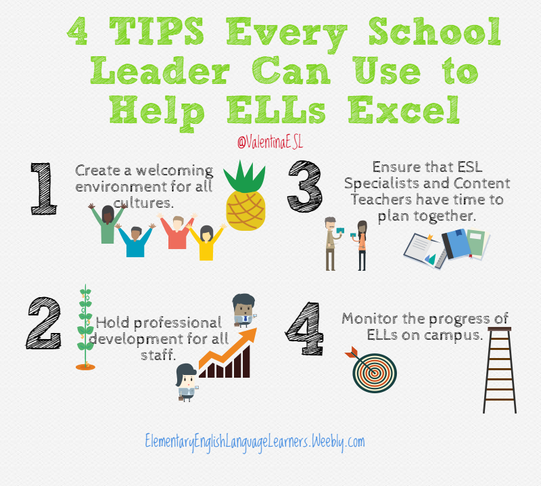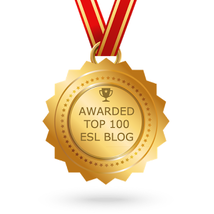|
CREATE A WELCOMING ENVIRONMENT FOR ALL CULTURES Creating a welcoming environment for families is step one. When parents feel welcome to come to school, they can then support their child’s education at home too. The bridge between school and home is stronger. Research behind parental involvement in education shows that when parents volunteer and are part of the school community, their children have a higher success rate, make better grades, have a higher attendance rate and are happier in school overall. But in order for parents to be involved, it’s our job as leaders to WELCOME them. This means we have to form connections and invite them in to our campuses. Our doors need to be open. When we walk into a school, we are usually greeted first by the office staff. These critical members of the campus need to know that their presence, their body language, and their customer service is key to how parents perceive the school. They either say, “Come on in. You are welcome here.” Or they say, “Uh, excuse me. What do you think you are doing here?” For our ELL families and immigrant families, we have to keep in mind that they may be coming from a county that has different customs and traditions where school is concerned. In their home country, school may not be a place where parents are welcomed and wanted. So they may not know that we want them to come and be a part of their child’s education. It’s our job to show them that they are wanted and welcome in our building. HOLD PROFESSIONAL DEVELOPMENT FOR ALL STAFF
Most teachers enter the classroom doors with little or NO professional development in the area of Second Language Acquisition. They are thrown into the experience of teaching ELLs and expected to know how to effectively teach English learners just like that. Many teachers become frustrated simply because they are ill-equipped and feel helpless. It then becomes the school district’s responsibility to provide teachers and all staff members with training so they can support their diverse students. Serving students who are learning both content AND language, acclimating to a new culture and come with various degrees of literacy in their native language is a massive challenge…one that should never be expected to be done without high quality, ongoing training. When implementing professional development plans on your campus, be sure to include all staff members. Keep in mind that all teachers serve ELLs. Music, art and physical education teachers also work with ELLs and will benefit from understanding how to accommodate instruction for their students. Recently I worked with an awesome principal who reached out to me and asked me to come train her front office staff regarding cultural awareness. I thought this was great since all staff works with ELLs and their families. ENSURE THAT ESL SPECIALISTS AND CONTENT TEACHERS HAVE TIME TO PLAN TOGETHER I can tell you first hand (because I’ve been on both sides of this coin) that planning is essential to the success of the students. Content teachers need the specialized expertise of the ESL Specialist. And the ESL Specialists have much to share with the Content teachers. The ESL Specialists often push in to classes as co-teachers. But here’s the thing…most campus have just a few ESL Specialist so they are spread pretty thin. Their schedules tend to change as new students enroll and as current students advance in language proficiency. Designating set times for ESL Specialists to plan with Content Teachers may seem impossible, however it is truly necessary and in the long run will benefit more students and staff members. When the ESL Specialist plans with Content Teachers he/she is aware in advance of what the students are learning. This allows for the ESL Specialist to pull accommodated materials and plan for appropriate scaffolds. In addition, planning together allows the Content Teacher to gleam language development advice from the ESL Specialist. The specialist is able to support the language development portion of lesson planning while the Content Teacher supports the academic portion of planning. Together they create lessons that both rich in language and content. The key is carving out and protecting planning time for these two teachers to meet regularly. It can happen. I have done this before and it has been successful. MONITOR THE PROGRESS OF ELLS ON YOUR CAMPUS If we expect teachers to monitor progress of their students, we must model that as well. Now your campus and where the students are. Do you have a lot of immigrants? Are most of your ELLs newcomers? Or is your ELL population more on the long term side? How far have they come this year as a whole? Where do you expect them to be? Set the expectation and let the staff know the goal. In my state, we use Proficiency Level Descriptors to formatively assess students in listening, speaking, reading and writing. We also use these rubrics to summatively assess students in the four domains each year. Knowing where students are and where we want to take them is essential to their success in language development and academic success. What do you do on your campus to make kids feel successful and teachers feel prepared? If you have an awesome idea, please share in the comments below. Comments are closed.
|
Categories
All
|


 RSS Feed
RSS Feed
